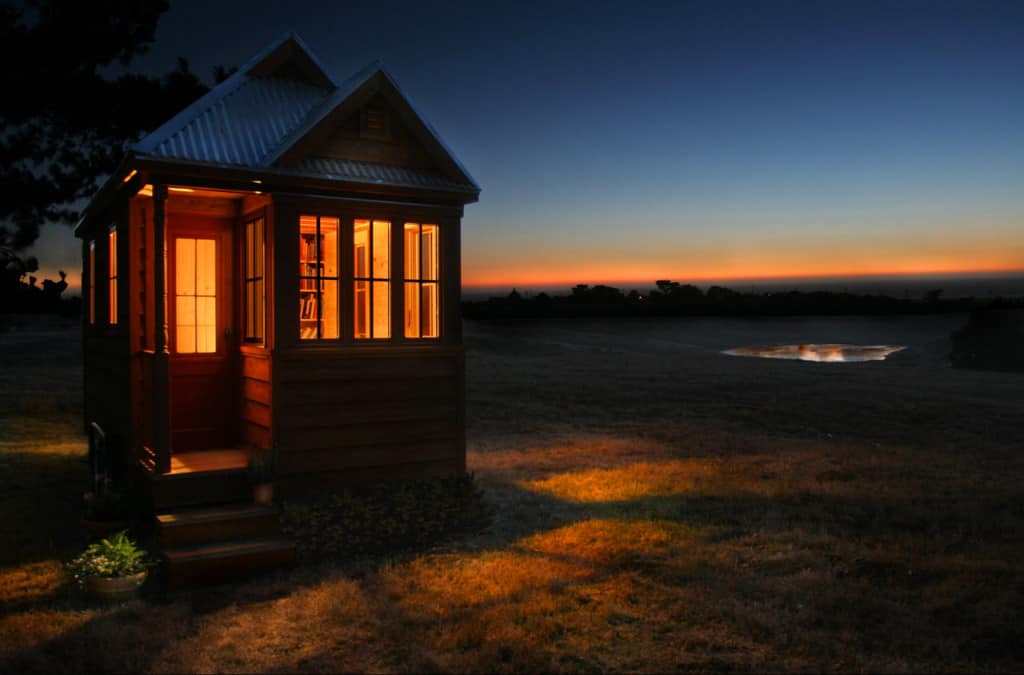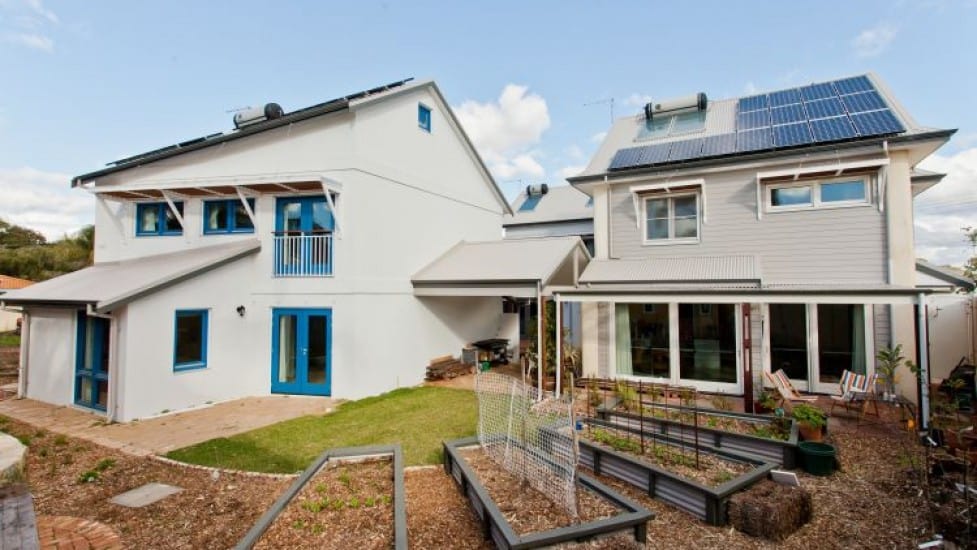Minimalism, Mortgages and a Green Swing
Last year I touched on one of the major reasons behind my decision to take on full-time employment. I’m a huge advocate for working part-time hours and one of the best decisions I ever made was going part-time back in 2010 when I first started consciously journeying towards simple living.
However, situations change and last year Glen and I made the decision to buy an apartment. It was not a quick decision – in fact it took us several months to finally commit and sign the paperwork. It wasn’t any apartment we were after, but a specific one… more on that in a sec. The decision to buy somewhere meant that I needed to find employment in order for us to save the deposit.
Taking on a mortgage seemed at odds with our commitment to live simply. One of the biggest attractions is the freedom that comes with having few possessions and having few financial obligations. Neither of us want to feel like we have to go to work just to pay for the stuff we’ve bought or to pay off debt. We’ve pared down our expenses so that we can survive on the salary of one person. It means that if one of us was made redundant (as happened with me a couple of years ago) it doesn’t have a life-changing impact on our spending or standard of living; or if one of us hates our job so much we want to quit, we have that choice. It’s a pretty powerful feeling, knowing that if you wanted to, you could walk away from it all.
However, a mortgage will potentially change all that.
What about the alternatives to house-buying? One of the big lifestyle ideas that’s come out of the simple living movement is the idea of tiny houses – houses that can be less than 10m². Often built on trailers, they don’t require a mortgage and provide debt-free living for converts. We love the idea, but neither of us have any DIY experience – I’ve never even put up shelves! We don’t have any land to park a tiny home. With temperatures in Perth exceeding 40°C in summer, I’m not convinced it would be a comfortable solution. Plus despite our minimalist intentions, we are not ready to fit into a space that small.

A Tumbleweed Tiny House from the USA. And people do actually live in them!
Another option would be to carry on renting. And actually, I’m a big fan of renting. I find it frustrating when people say “oh, renting is just throwing money away!” How so?! You get somewhere to live in exchange for your rent money – sounds like a pretty good deal to me! Plus when things go wrong, it is someone else’s problem (and expense) to fix them.
So why did we choose to go down the house-buying path? Well, a lot of it was to do with the place we decided to buy. It’s an apartment…but with some differences. It’s part of a project called the Green Swing which has been set up by two couples in Perth. Fed up with the current urban design in Perth, which features huge houses and tiny courtyards, double garages with large driveways, and buildings not adequately designed for the Perth summer heat, they set out to do things differently.
Their focus is on creating small-scale inner city living environments that are high quality and made with recycled materials where possible, promote building community, make proper use of solar passive design to dispense with the need for air conditioning, and have other green features. They started with their own homes, building four dwellings on a block that are centered around a community garden (you can see two of these houses in the featured picture at the top of this page).
They are now working on their second project The Siding, and it is this one that Glen and I are buying a unit from. We first heard about the Green Swing just as the first project was being completed back in 2012 and were really excited that someone was out there doing things differently. When the second project launched on a block four doors down from the original, we wondered if it was something we should buy into…literally!
We thought about it for ages. I’d met Eugenie (one of the Green Swing owners) at a Community Garden open day in 2013 and invited her to speak at the Less is More Festival, which she did. We went to look at Eugenie and her husbands’ place a couple of times and had many discussions about what they are doing, and why, and how. The more we got talking the more we felt that their vision is similar to ours, and the project is one we want to be part of.
So what were our doubts? I’ve already talked about the mortgage. We also held back because it wasn’t… ideal? There are solar panels on the roof, but I wanted a bigger solar PV system. There is a rainwater tank, but it’s small and shared amongst the three units in our building so will only provide token rainwater. There’s no grey water system. The community garden area is smaller than I’d like (I’d have less houses and more garden!). But then I caught myself. Why did I want everything bigger and better? That’s not a very minimalist approach! Plus, whilst I might have done things differently, it isn’t my project. This project isn’t about being the most sustainable community-oriented project ever. Sustainable and community-oriented, yes, but within what’s practical and what’s possible.
Eventually we cast our doubts aside and decided yes. Whilst we like living in our current flat, we are ready for a change. We want to be able to grow our own food. We love the community aspect of the new place – and the whole suburb has a real community feel. Glen is excited that we will no longer have to store our bikes in the bedroom. We love that it will have solar panels and rainwater and we won’t need to retrofit (something we wouldn’t be able to afford if we bought an older property). It has a 10-star energy rating. There’s lots of other great features like communal veggie beds and shared bike storage. And we’re really looking forward to having like-minded neighbours!
The Green Swing – The Siding
The project is still under construction, so we won’t move in until the end of the year. (Hence the new job – we’re saving hard for the deposit.) I’ll share some more info about the building and its green features once it’s completed and I can take photos. You can always have a look at the Green Swing website is you’re really interested (or nosy!)
What I will share is the site plan. Needless to say, I’m really excited about being to grow more of my own food! There will be lots of fruit trees. I’m even wondering if we can get some chickens on that patch of lawn!

This is the site plan. Our unit is number 3, in block 2. It’s the ground floor flat. The orange blobs are the community veggie garden beds. It’s no coincidence that our unit opens directly onto it!
What do you think? Do you like the new place? What about the balance between the desire to living simply and the need for money? What choices would you have made? I’d love to hear your thoughts so please leave a comment below!
[leadpages_leadbox leadbox_id=1429a0746639c5] [/leadpages_leadbox]



